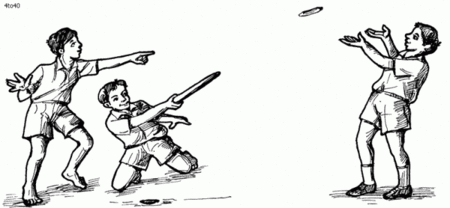Traditionally, the Himalayan monal has been classified as monophyletic. However, studies have shown that the male Himalayan monal of northwestern India lacks the white rump of other Himalayan monals, and it has more green on the breast, indicating the possibility of a second subspecies.
It is a relatively large-sized pheasant. The bird is about 70 centimeters long. The male weighs up to 2380 grams and the female 2150. The adult male has multicoloured plumage throughout, while the female, as in other pheasants, is dull in colour. Notable features in the male include a long, metallic green crest, coppery feathers on the back and neck, and a prominent white rump that is most visible when the bird is in flight. The tail feathers of the male are uniformly rufous, becoming darker towards the tips, whereas the lower tail coverts of females are white, barred with black and red. The female has a prominent white patch on the throat and a white strip on the tail. The first-year male and the juvenile resemble the female, but the first-year male is larger and the juvenile is less distinctly marked.






